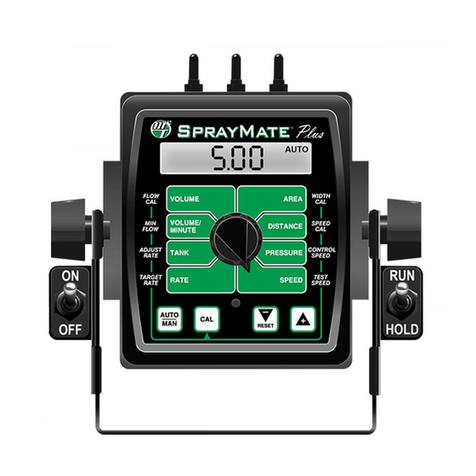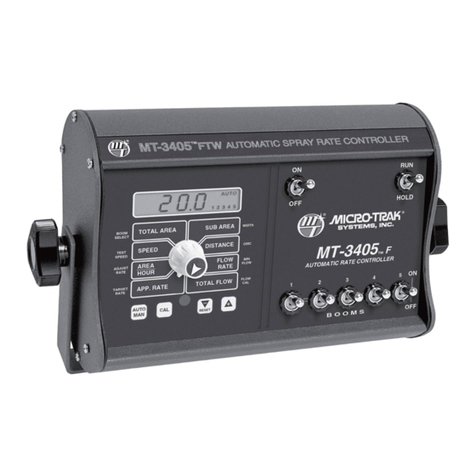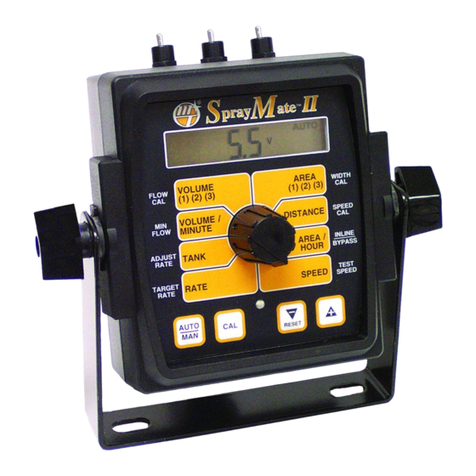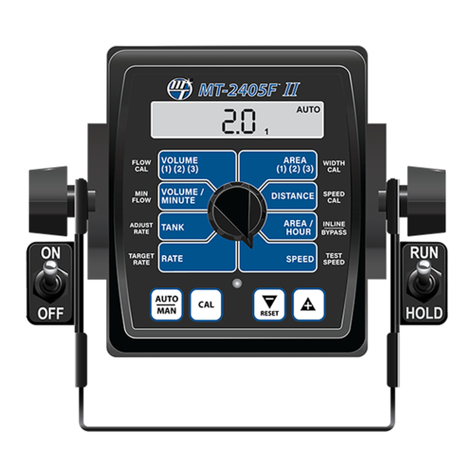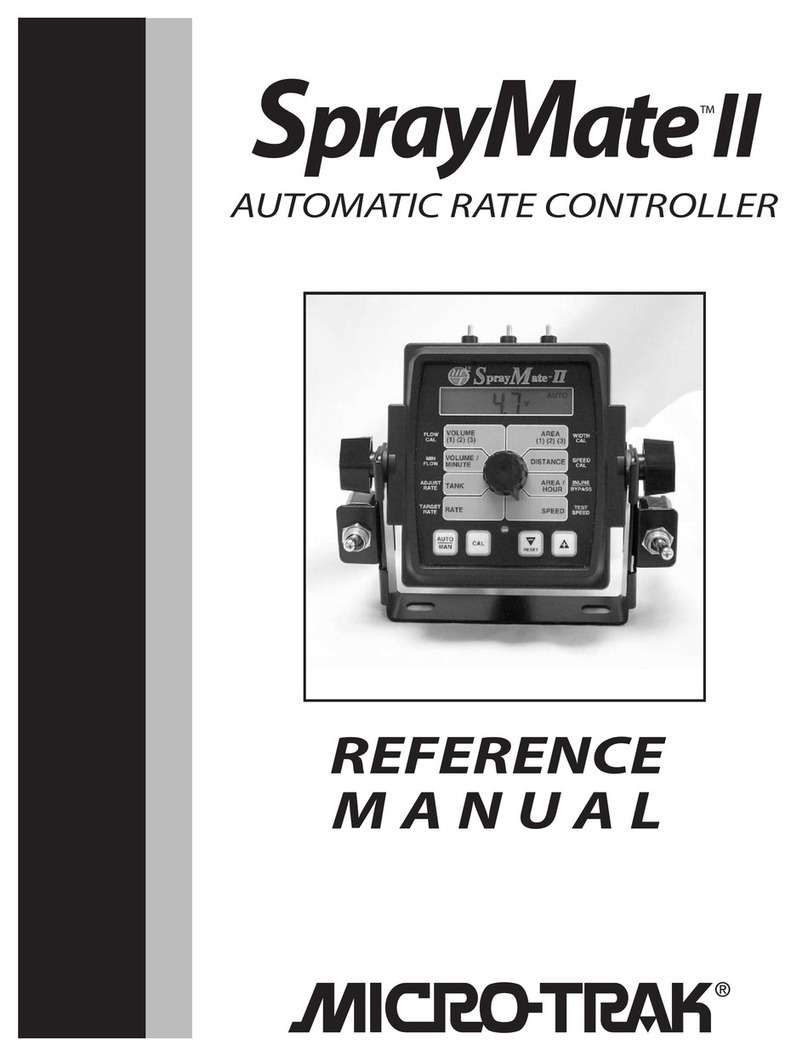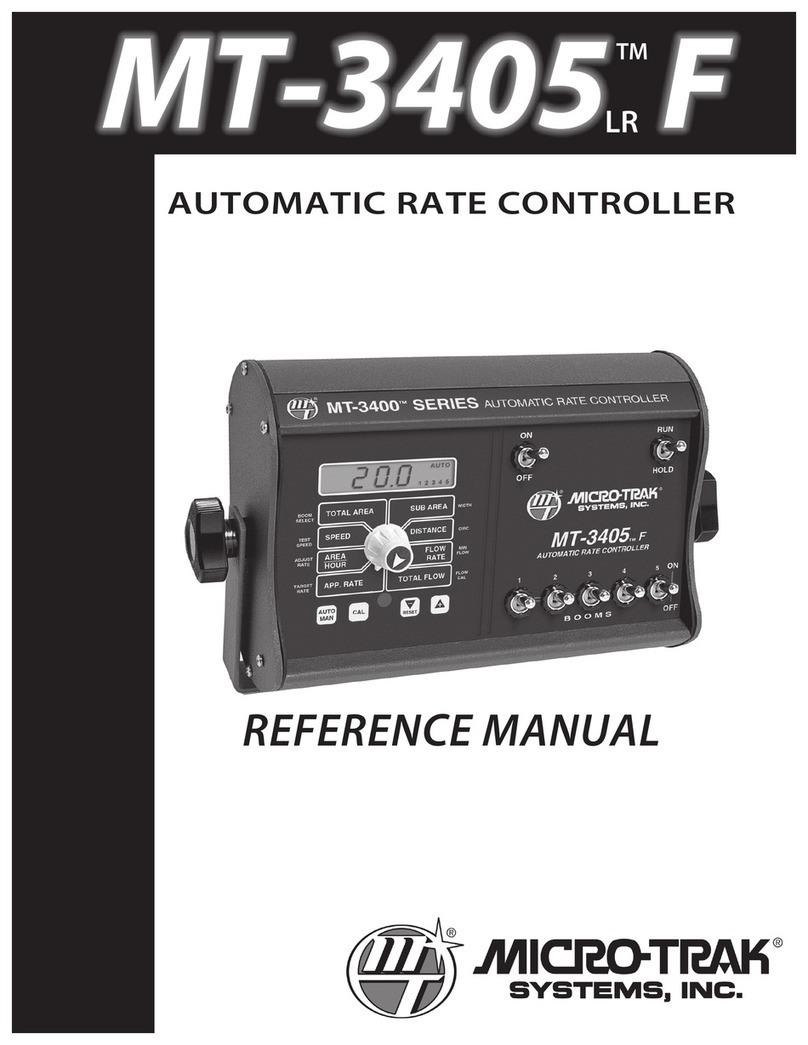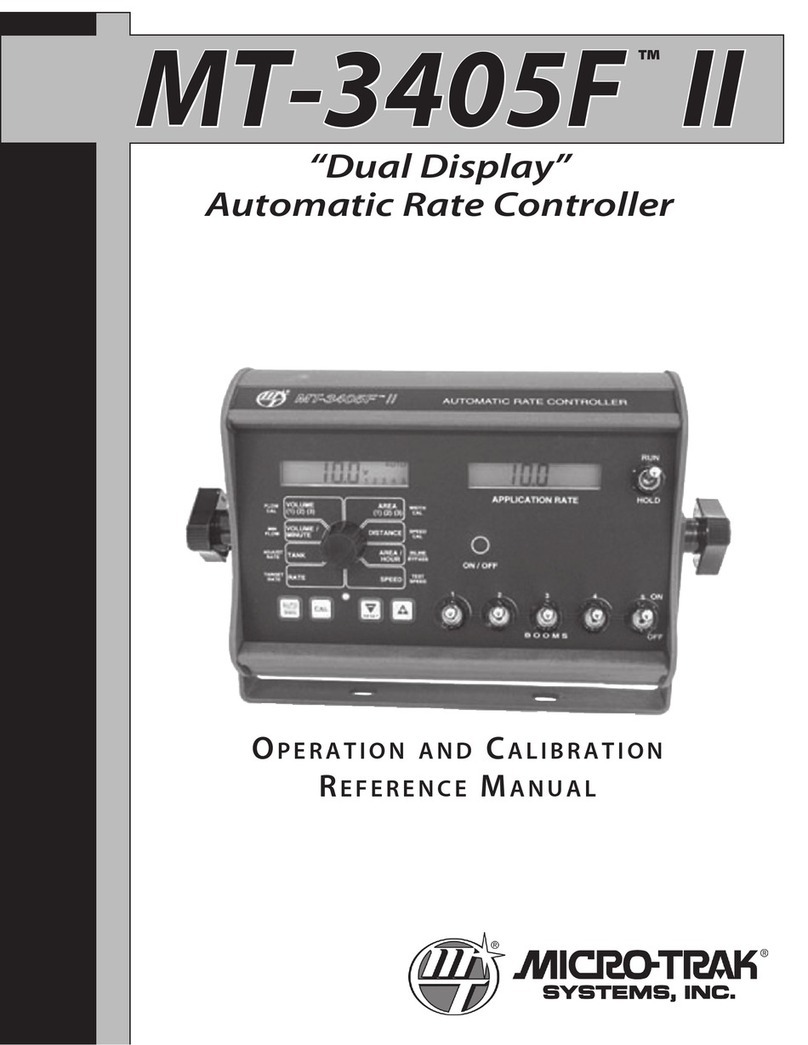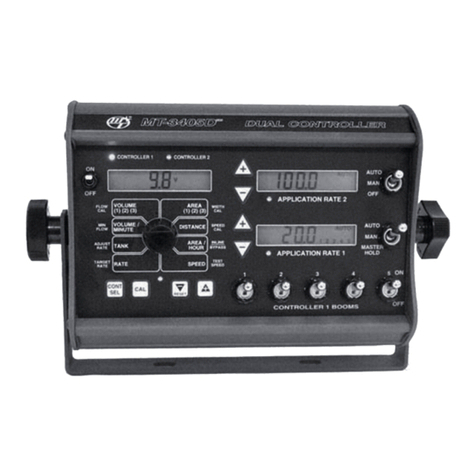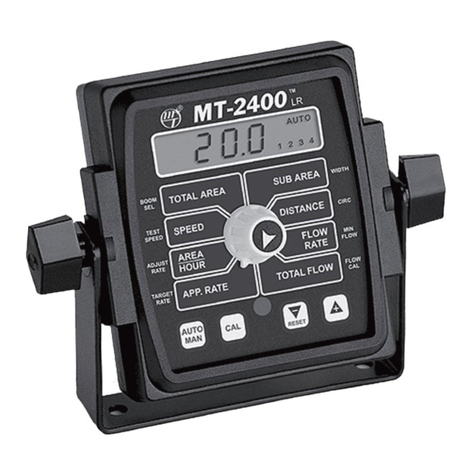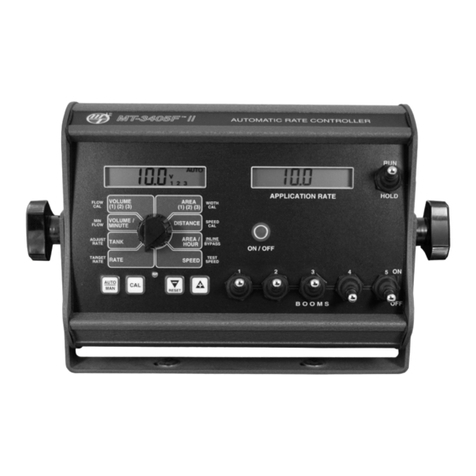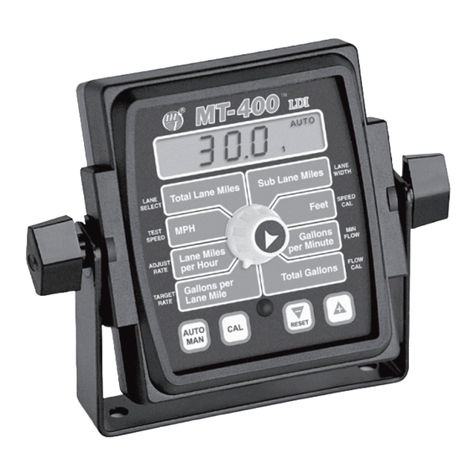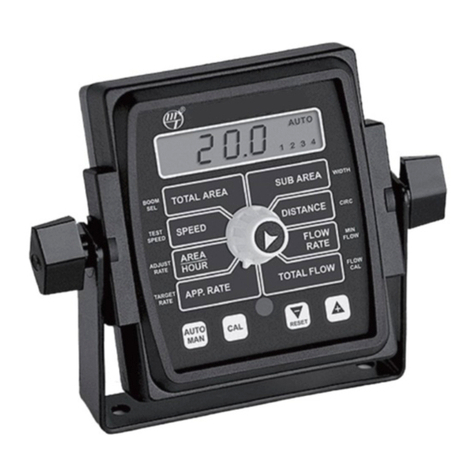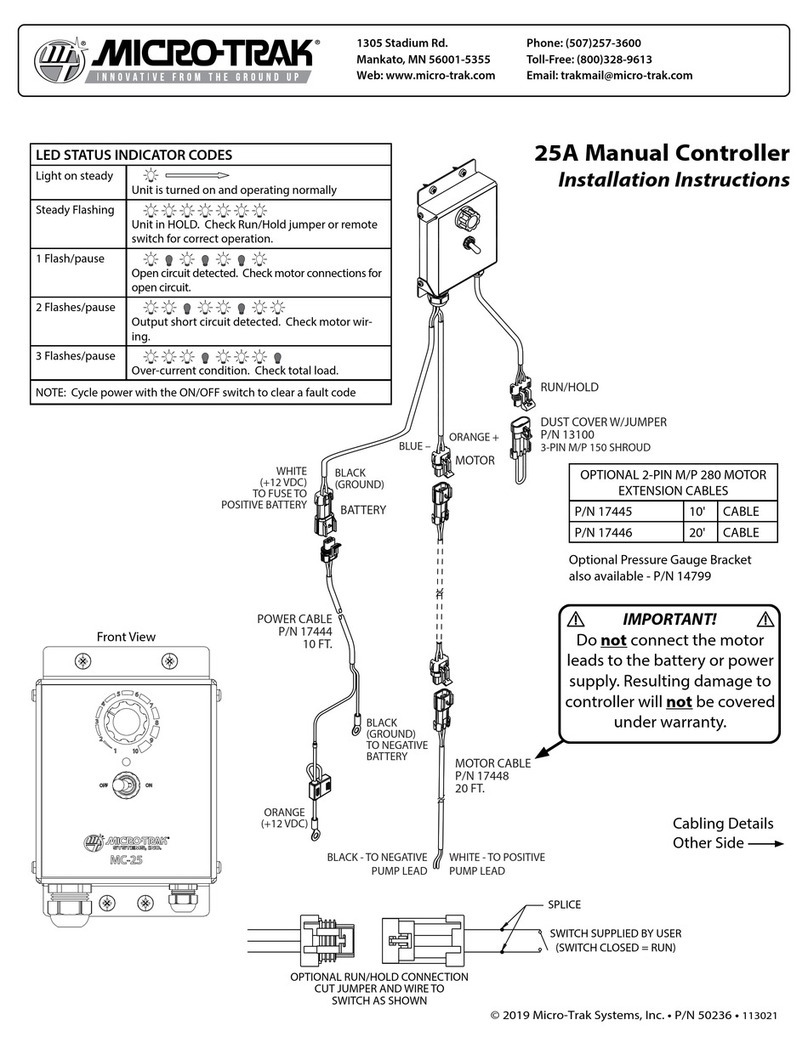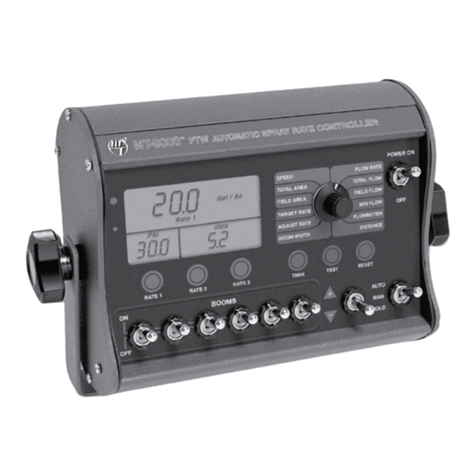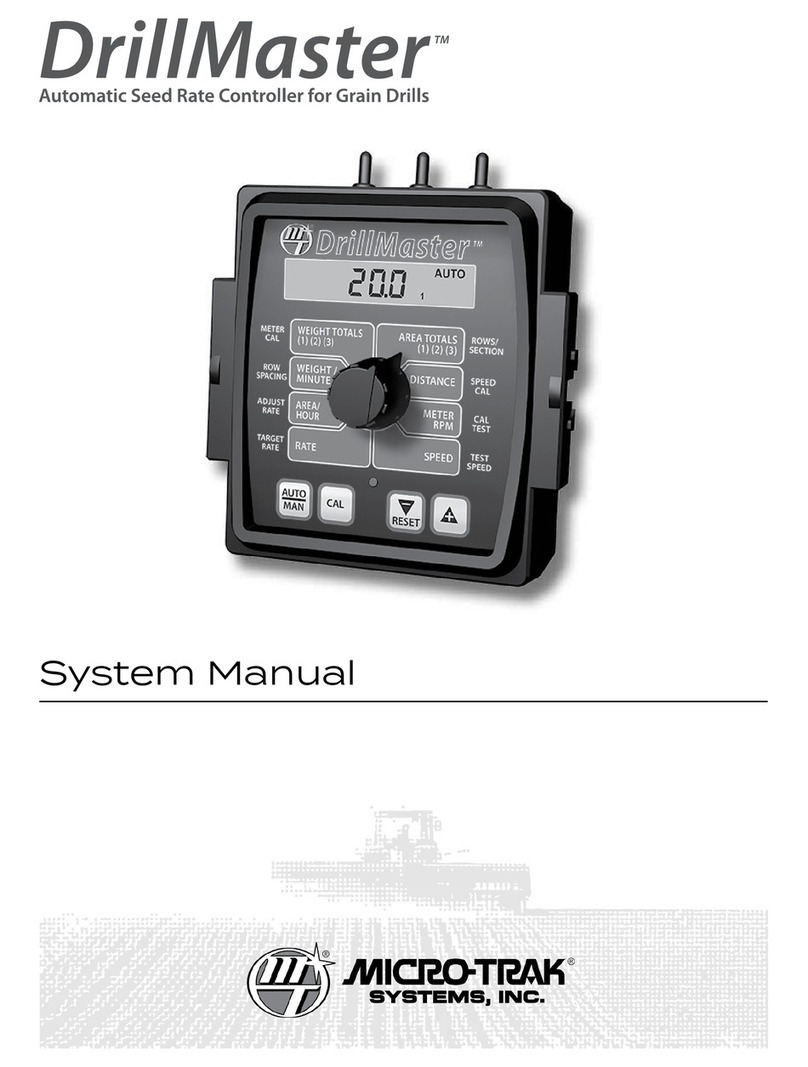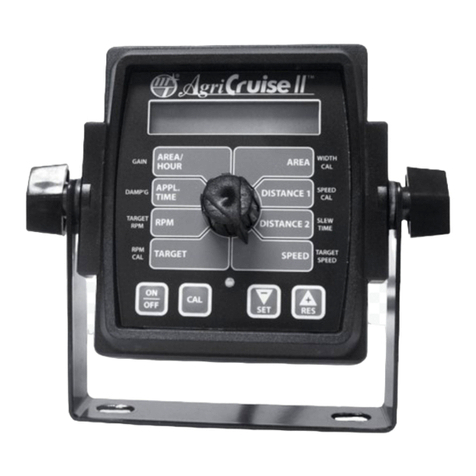
4
Table of Contents
Warranty...................................................................................................................................................................................... 3
Table of Contents ...................................................................................................................................................................4-5
Introduction ............................................................................................................................................................................... 6
Component Parts and Assembly Hardware......................................................................................................................7-8
Installation.............................................................................................................................................................................9-18
Required Tools.............................................................................................................................................................................................9
Mounting the Display Console..............................................................................................................................................................9
Electrical Installation .................................................................................................................................................................................9
Speed Sensor Installation...............................................................................................................................................................10-11
Magnets..............................................................................................................................................................................................10
Attaching Magnets......................................................................................................................................................................... 11
Connecting the Speed Sensor Cable ...............................................................................................................................................11
Speed Sensor Options ...........................................................................................................................................................................11
Remote Run/Hold....................................................................................................................................................................................12
Mounting and Plumbing Flowmeter ...............................................................................................................................................13
Installing Flow Sensor Cable ...............................................................................................................................................................13
Pressure Relief Valve...............................................................................................................................................................................13
Range Adjust Valve.................................................................................................................................................................................14
Installing Pressure Sensor ....................................................................................................................................................................14
Servo, Throttling Valves ........................................................................................................................................................................ 14
Electric Relief Valve................................................................................................................................................................................. 15
Boom Shut-off Valves.............................................................................................................................................................................15
Plumbing Overview Diagram..............................................................................................................................................................16
Valve Diagrams.........................................................................................................................................................................................17
Wiring Diagram........................................................................................................................................................................................18
Console Functions................................................................................................................................................................... 19
Calibration .......................................................................................................................................................................... 20-30
Introduction to Calibration..................................................................................................................................................................20
“Special” Calibration.........................................................................................................................................................................20-23
Entering “Special” Calibration Values................................................................................................................................20-23
Units of Measure, Material Type.........................................................................................................................................21
Servo Type, Servo Polarity, Tank Alarm Set Point, Tank Size...................................................................................22
“Hidden” Special Calibration ............................................................................................................................................... 23
Exiting “Special” Calibration ................................................................................................................................................23
Special Factory-loaded Calibration Values.....................................................................................................................23
Standard Calibration ..............................................................................................................................................................................23
Entering Calibration Values ..................................................................................................................................................24-30
Entering Standard Calibration .............................................................................................................................................24-30
Target Rate, Adjust Rate........................................................................................................................................................24
Boom Width, Setting Individual Boom Width, Banding Application Calibration ............................................ 25
Banding Application Calibration, Flowmeter................................................................................................................25
Min Flow and Pressure...........................................................................................................................................................26
Control Type Chart ..................................................................................................................................................................26
Distance (CIRC)..........................................................................................................................................................................27
Determining Wheel Circumference ..................................................................................................................................27
Pressure Offset ..........................................................................................................................................................................27
Fine-tuning Speed/Distance Calibration ...............................................................................................................................28
Fine-tuning Flowmeter Calibration..........................................................................................................................................29
Standard Factory-loaded Calibration......................................................................................................................................30
Exiting Standard Calibration.......................................................................................................................................................30
Test Speed.........................................................................................................................................................................................30
Pre-field System Checkout .................................................................................................................................................... 31
